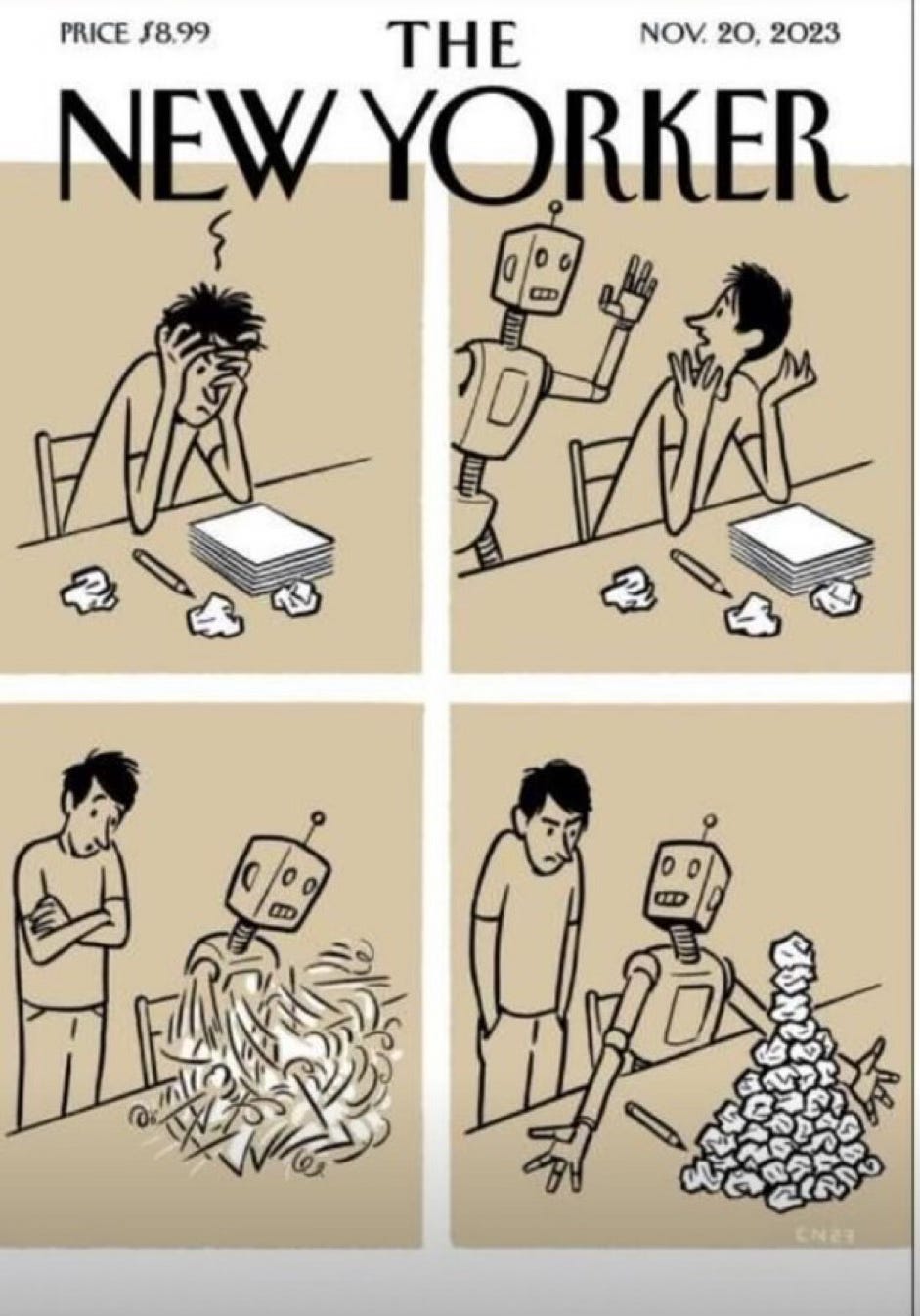Leading Health Agencies Agree on New Terminology for Airborne Pathogens
Geneva, April 18, 2024 – The World Health Organization (WHO), along with the Africa Centres for Disease Control and Prevention, Chinese Center for Disease Control and Prevention, European Centre for Disease Prevention and Control, and United States Centers for Disease Control and Prevention, collaborated on a multi-year technical consultation to address the challenges posed by inconsistent language used to describe airborne transmission of pathogens.
Global technical consultation report on proposed terminology for pathogens that transmit through the air had input of experts from various disciplines.
This lack of a common vocabulary, which became clear during the COVID-19 pandemic, hampered scientific collaboration, public communication efforts, and disease control measures.
The technical consultation report introduces key definitions:
Infectious Respiratory Particles (IRPs): This replaces the previously used and often debated terms "aerosols" and "droplets." IRPs encompass the entire spectrum of sizes in which pathogens can be expelled through breathing, talking, singing, coughing, or sneezing.
Through the Air Transmission: This broad term describes the primary transmission route for these pathogens. It further differentiates between:
Airborne Transmission or Inhalation: This refers to situations where IRPs travel through the air and are inhaled by another person, potentially at short or long distances depending on ventilation, airflow, and other environmental factors.
Direct Deposition: This describes IRPs landing directly on the mouth, nose, or eyes of a nearby person, potentially causing infection.
Check the global technical consultation report here.
#FOMO
Here is a recap of our previous interviews, in case you missed.
Interview with Al Lucca, Experience Designer at Semafor
Interview with Norway’s Ambassador Peter Olberg
WTO Global Trade Report sees 3.3 growth in 2024
FAO partners with Google Earth to halt deforestation
AI in the Newsroom
Semafor Signals: Leveraging AI in the Newsroom
Launched a little over a year ago in the US, by Ben Smith, the former and founding editor-in-chief of Buzzfeed News, and founder and editor-in-chief of Semafor.
Semafor has partnered with Microsoft to bring AI to the newsroom and ensure global coverage. I spoke with Al Lucca, their Experience Designer, front-web designer.
Not all is doom and gloom in the world of AI, here are some good news.
We spoke with the Al Lucca, the experience and front-end designer of Semafor, a news publication that is using AI to increase the scope and reach of global news.
He digs on how the newsrooms are being transformed, the importance of branding for a news publication, and his previous work supporting the digital transformation of print publications for the UN News and Media Division, in New York, a decade ago.
A short talk on branding concepts for newsrooms. Watch.
Elsewhere
Newsweek is making generative AI a fixture in its newsroom, NiemanLab reports.
“The legacy publication is leaning on AI for video production, a new breaking news team, and first drafts of some stories.” reports Andrew Deck.
The New Yorker made a good cover last year, but is AI improving? It seems so.
This cartoon describes well my forays trying to use GenAI to write news stories. It seems like magic at first, then a closer look shows that it creates so much non-sense and pompous, poor-vocabulary text, that is unusable. Remember, AI is not sentient and never will be, it only regurgitates what data was fed. :-)
GenAI is no bogeyman either, but it needs to improve greatly. We will get there.
FAO: Sensors and Satellites to Halt Deforestation
Alarming deforestation rates, with 10 million hectares lost annually, call for innovative approaches. I interviewed Remi D’Annunzio, from FAO Forestry, to discuss their collaboration with Google Earth Engine.
Listen to my interview with Remi D’Annunzio, from FAO Forestry.
Tech tools for forest monitoring, particularly in remote areas are increasingly being used by indigenous communities. Of note is the $30 million initiative called AIM4Forests, funded by the UK and implemented with UN-REDD and GFOI.
The project equips developing countries with technology to combat deforestation and actively involves indigenous communities in monitoring efforts.
The launch of "Ground," a mobile application within FAO's Open Foris initiative
This app, developed with Google, caters to non-technical users and functions even in areas with limited internet access. Ground empowers Indigenous people and farmers to collect data on their forests and agricultural plots directly on their smartphones. The app is the latest advancement in a near-decade-long partnership between Google and FAO.
This partnership has fostered numerous geospatial solutions for FAO member countries, enhancing environmental literacy and facilitating science-based policy implementation.
Advertise in THE UN BRIEF
Sponsor our newsletters.
We are a weekly newsletter that delivers insightful commentary, exclusive interviews, and analysis on the latest global tech policy developments at the United Nations, its agencies, and the European Union. We cover the global technology landscape.
Support independent journalism.
The UN Brief is an independent news organisation.
Become a paid subscriber or sign up for a corporate subscription for your UN agency, UN mission, library, school, or organisation.
WTO
Ambassador Olberg of Norway Appointed Chair of General Council
Listen to my interview with Ambassador Petter Olberg on Norway’s 1.7 M euros contribution to LDCs training in trade negotiations, why you should think of a career in international trade, and the points to be addressed in the near future to move along a fisheries agreement that will protect resources and phase-out harmful subsidies.
10 April 2024
WTO Global Trade Report: Cautiously Optimistic
Maya Plentz: My question is related to trade in services. You mentioned that it grew 9% in 2023 due to recovering travel and digital services. Can you break this down a little bit because when we talk about travel in the travel industry, we are talking also about digital services. And digital services comprises not only e-commerce, but also other sorts of transactions that happen electronically. You also expect further growth in 2024 due to sports events, you mean the Olympics in Paris, and lifting of visa restrictions. Can you also talk about that?
WTO: “So when we are talking about travel here in our trade in services statistics, we reflect on the balance of payments methodology. I want to clarify this because you mentioned tourism and tourism is a much bigger coverage.
In what concerns travel growth rate of 38%, and widespread growth globally and across regions, it reflects travelers expenditure, when people stay in a foreign country, for example. It is growth for hotels, for restaurants, for entertainment, for sports events, or anything, any other services, but also for education and health.
These services are consumed in person.
Trade in services here means consumption abroad, technically, in our WTO terminology, the bulk of the service is consumed in presence by going to the country and attending concerts and so on.
Of course, an international traveler can also consume digitally delivered services while staying abroad. Like an audio tool through the internet and so on.
But the value of these services is negligible, from a statistical perspective, and very hard to measure. So those that are supplied at a distance, between the service supplier and the service consumers, among certain categories of other business services, like travel agencies, or other kinds of services that can be provided remotely, have a negligible impact.
We are not able to break down to this level of granularity to look at this very, very specific, business services.
As for the impact of easing of restrictions we have seen that there are a number of countries in the world that have taken the initiative to have some visa-free schemes.
Very recently, China introduced, for some selected countries, a visa-free entry and this is already starting to produce some good results, in the first two months of the year.
“The number of outbound Chinese travelers increased, almost reaching pre-pandemic levels, and also attracting foreign tourists to China.”
So this is only one example. But there are also other regions and countries that also introduced similar incentives. They're trying to to boost tourism, to boost international travel, so they're opening up and that's why the good prospect for the year together with all these major upcoming sporting events.”
What you need to know:
Global trade is expected to grow by 3.3% in 2024, driven by:
Easing inflationary pressures
Rising real incomes (especially in developed economies)
Increased demand for manufactured goods
Trade in Services:
Grew 9% in 2023 due to recovering travel and digital services.
Expected to grow further in 2024 due to sporting events and eased visa restrictions.
Exports of digitally delivered services reached record highs in 2023.
Additional Resources:
The report includes a new dataset on trade in services by mode of supply.
A newly launched Global Services Trade Data Hub provides access to comprehensive WTO services trade data.
For more information and link to the report:
Source: WTO
The WTO has released a new dataset on trade in services by mode of supply as in the WTO General Agreement on Trade in Services (GATS). It provides insights on how services trade has changed over the years, including the impact of digitalization and of the COVID-19 pandemic.
This dataset, as well as the latest estimates on digitally delivered services trade, and service trade in general, can be visualized and downloaded in the Global Services Trade Data Hub. The newly launched Global Services Trade Data Hub gives access to comprehensive WTO services trade data.
It provides visualizations and customizable features catering to the diverse needs of trade negotiators, analysts, researchers, and decision-makers, to derive insights.
The full report is available here.













